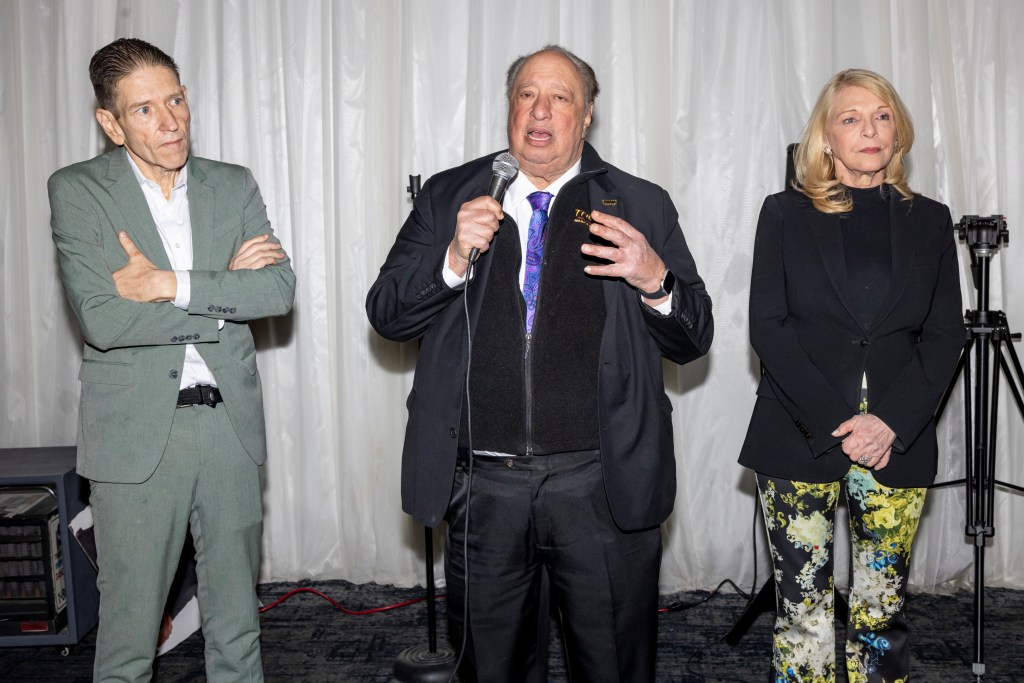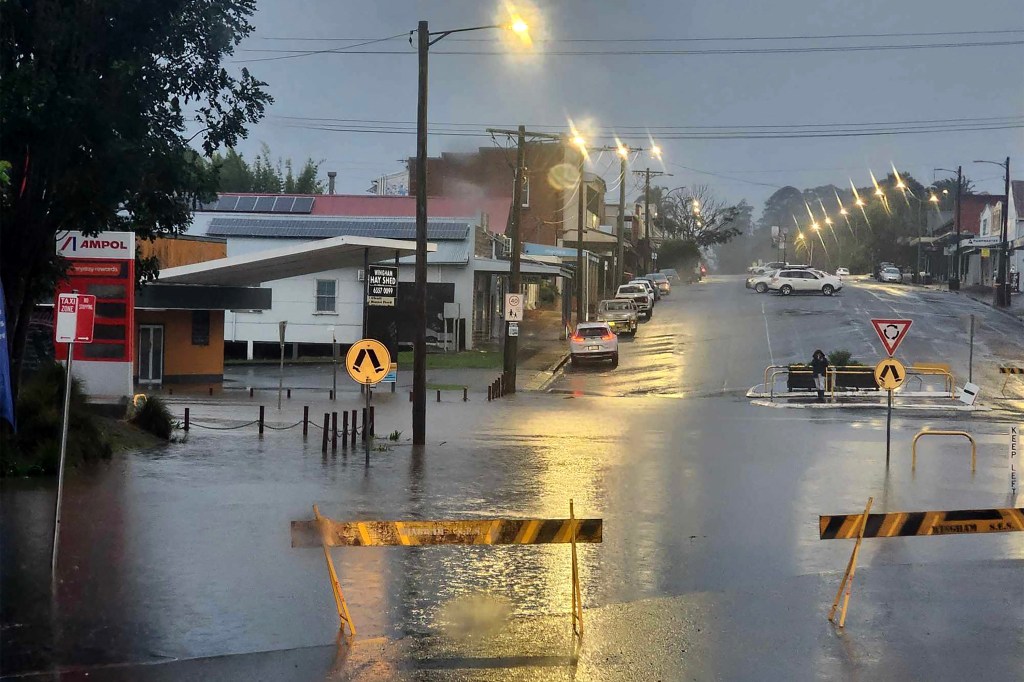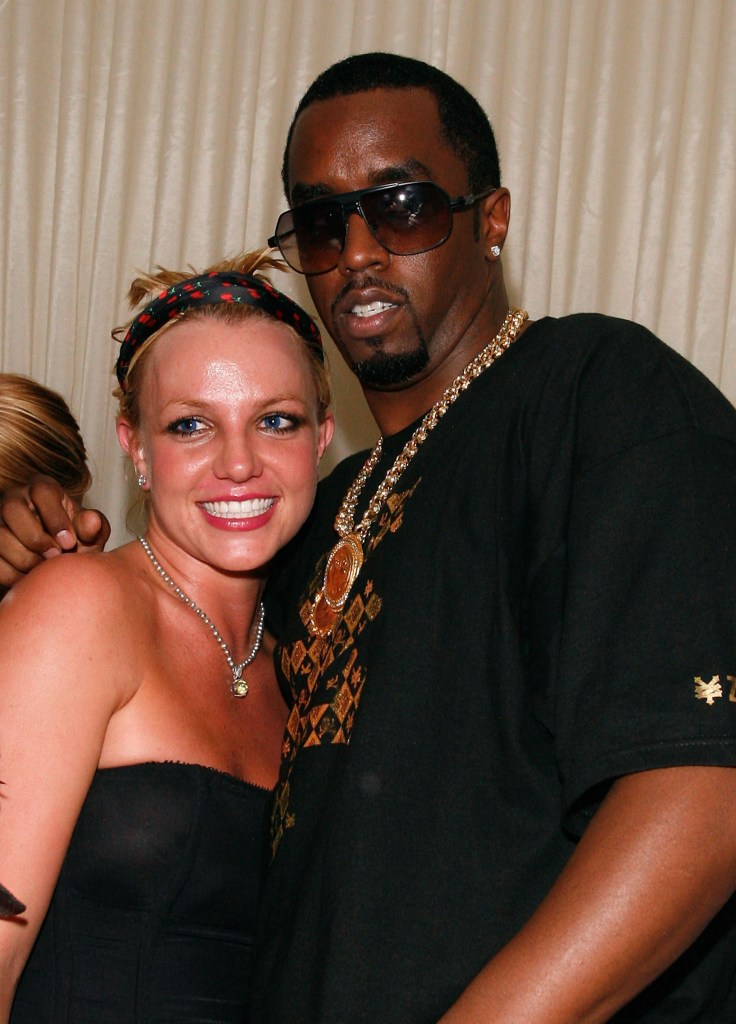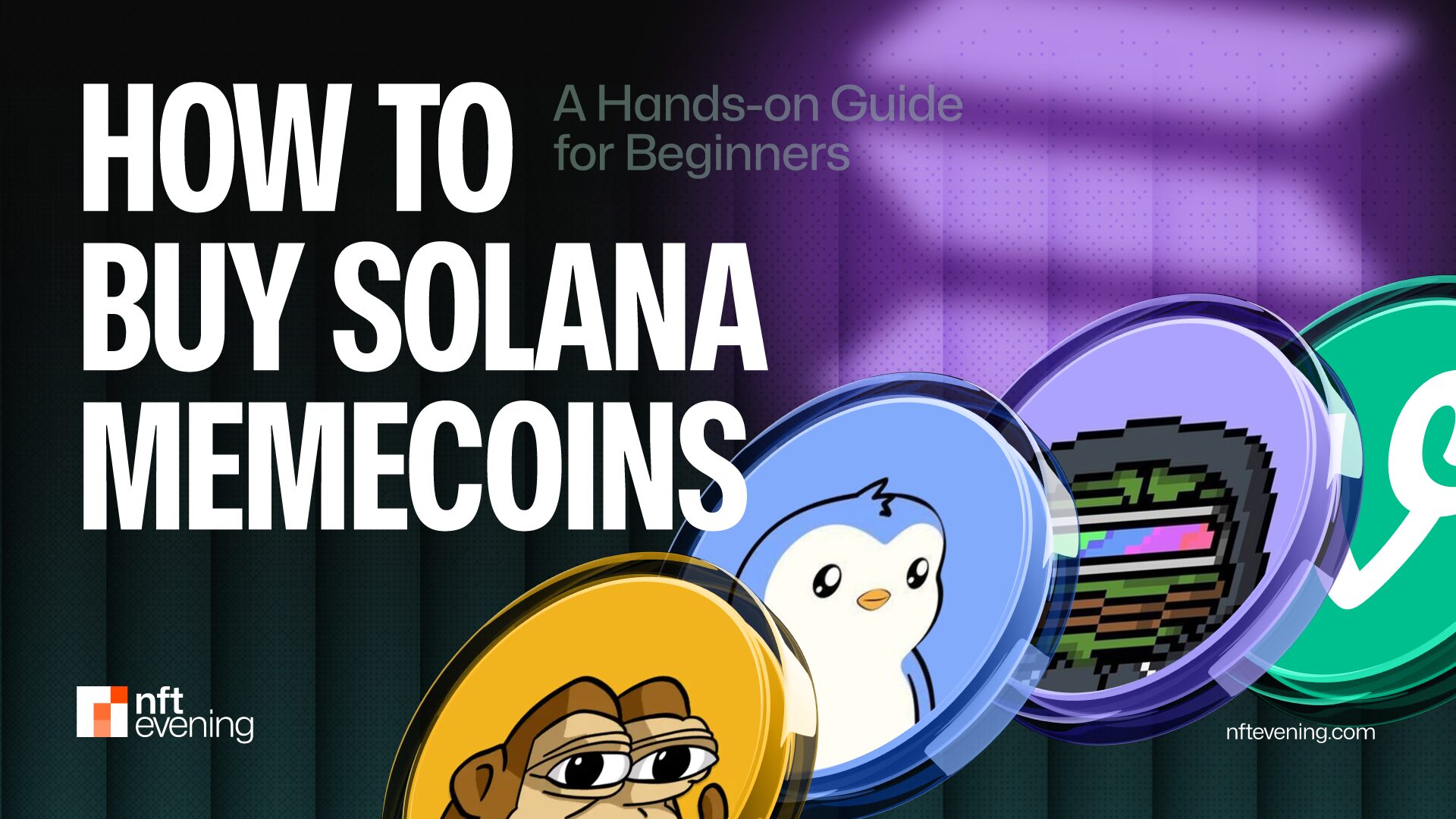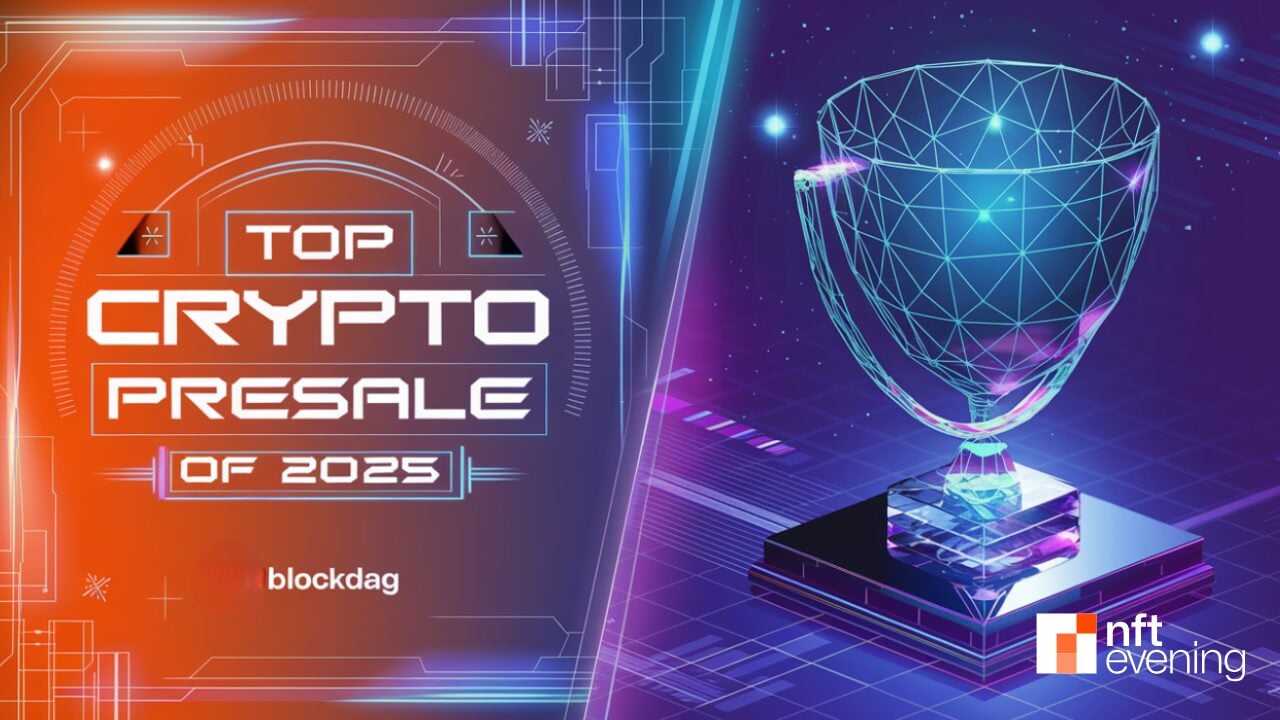Now Reading: What are Real-World Assets (RWA) in Crypto? A Complete Guide
-
01
What are Real-World Assets (RWA) in Crypto? A Complete Guide
What are Real-World Assets (RWA) in Crypto? A Complete Guide
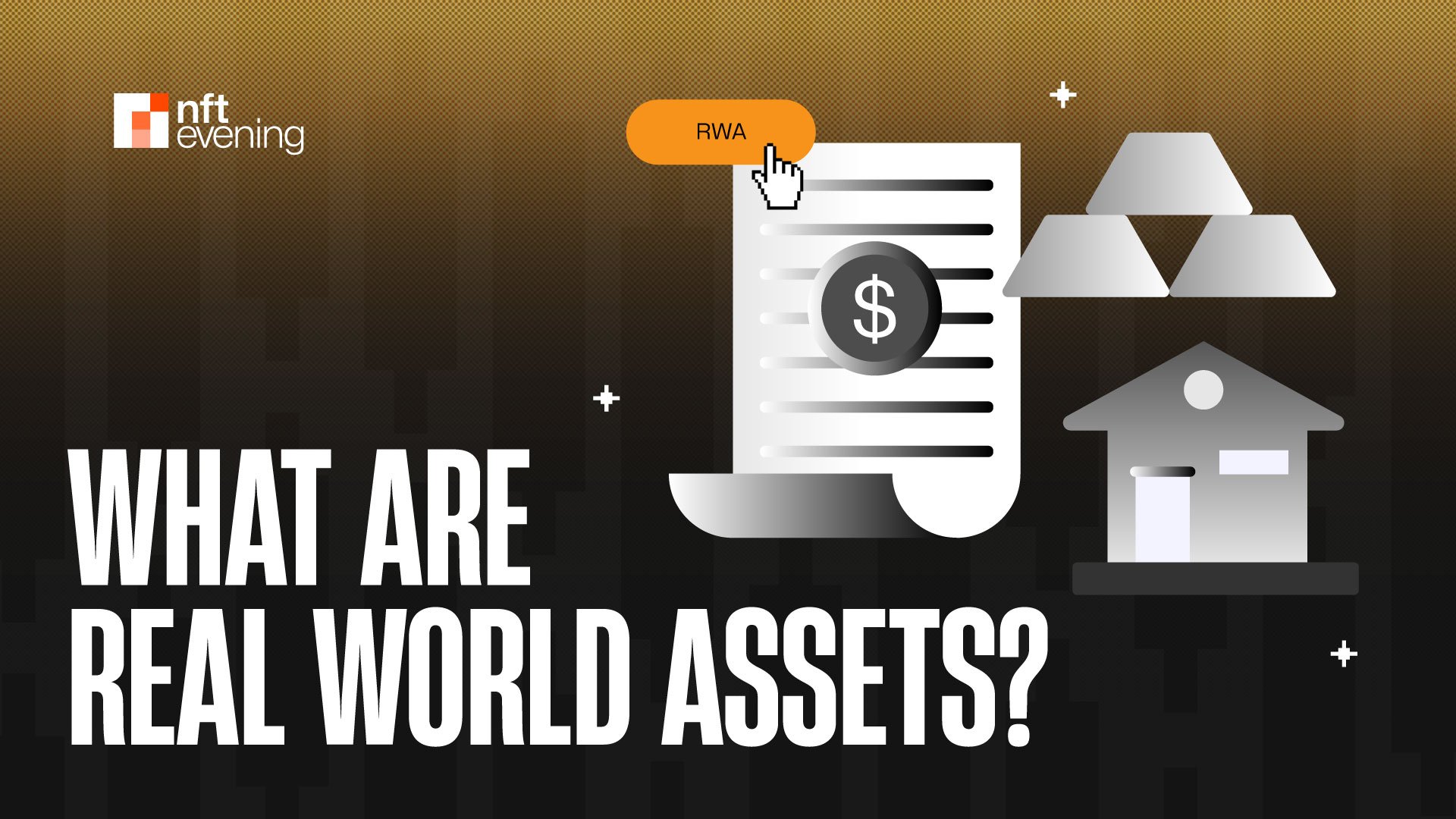
Real world assets encompass worldly possessions like stocks, treasury bills, artworks, and real estate located outside the digital realm. In the realm of decentralized finance (DeFi), real world assets (RWAs) are virtual tokens on a blockchain representing physical, financial, and intangible assets. These RWA tokens are considered a groundbreaking application of blockchain technology and are gaining traction globally.
This article will delve into the various facets of real world assets, including their importance, functionality, advantages, top RWA coins cum credit protocols, and their role in DeFi.
Real world assets, also known as RWAs, are tokenized forms of intangible (e.g., intellectual property), financial (e.g., bank deposits), and tangible assets (e.g., industrial equipment) that hold economic value outside the digital space. Each RWA token represents a portion or the entirety of an asset and operates under smart contracts, which are self-executing lines of code regulating compliance checks, transactions, ownership transfers, and more.
RWAs can be represented as non-fungible tokens (NFTs), unique crypto tokens reflecting ownership of virtual or physical assets such as arts, collectibles, sports memorabilia, land parcels, and gaming items. NFTs are suitable for RWAs that derive value from uniqueness due to their ability to embed detailed metadata and distinct identifiers.
Real world asset tokens play a crucial role in bridging decentralized and traditional finance, enhancing liquidity, stability, accessibility, scalability, and diversification in the blockchain ecosystem. They have lowered entry barriers and eliminated geographic limitations, enabling individuals to participate in the DeFi market with minimal funds from anywhere globally. Tokenization of assets allows users to bring off-chain assets onto the blockchain, enabling them to access investment opportunities in the DeFi space and facilitating fractional ownership of traditional assets like real estate and specialized machinery.
Tokenization is the process of converting real world assets into crypto tokens using blockchain technology, democratizing access to various classes of intangible and tangible assets. The process involves asset selection, determining token specifications, selecting a blockchain network, ensuring legal compliance, defining asset criteria, validating assets, minting tokens, integrating tokens with platforms, and listing tokens on decentralized exchanges for trading.
Creating non-fungible tokens for RWAs involves identifying assets to be minted as NFTs, selecting an NFT platform for tokenization, creating the NFT, and linking it to the underlying real world asset using technologies like near-field communication (NFC) chips or quick response (QR) codes.
The benefits of tokenizing real-world assets include fractionalization, debt financing, cost-efficiency, liquidity, flexibility, and digitization. However, challenges and risks in RWA tokenization, such as security concerns, asset custody, legal compliance, and asset ownership issues, need to be addressed to unlock the full potential of real world asset tokenization.
Real world assets have a significant role in decentralized finance (DeFi), revolutionizing asset management by bringing traditional assets onto the blockchain and enabling fractional ownership, asset-backed loans, and innovative use cases across global financial markets. As the DeFi landscape evolves, investors should conduct thorough research and due diligence before investing in RWA tokens to mitigate risks and maximize opportunities.


